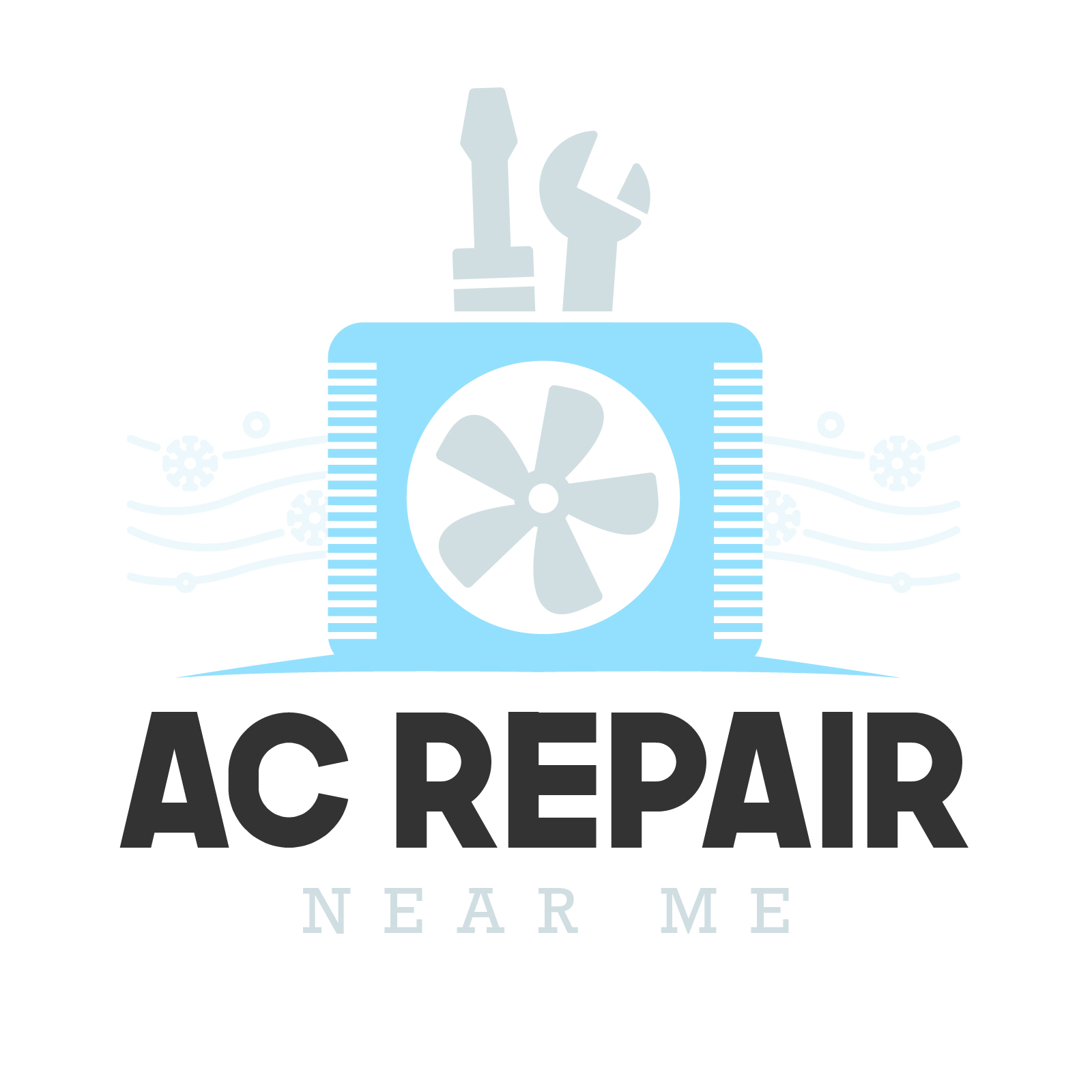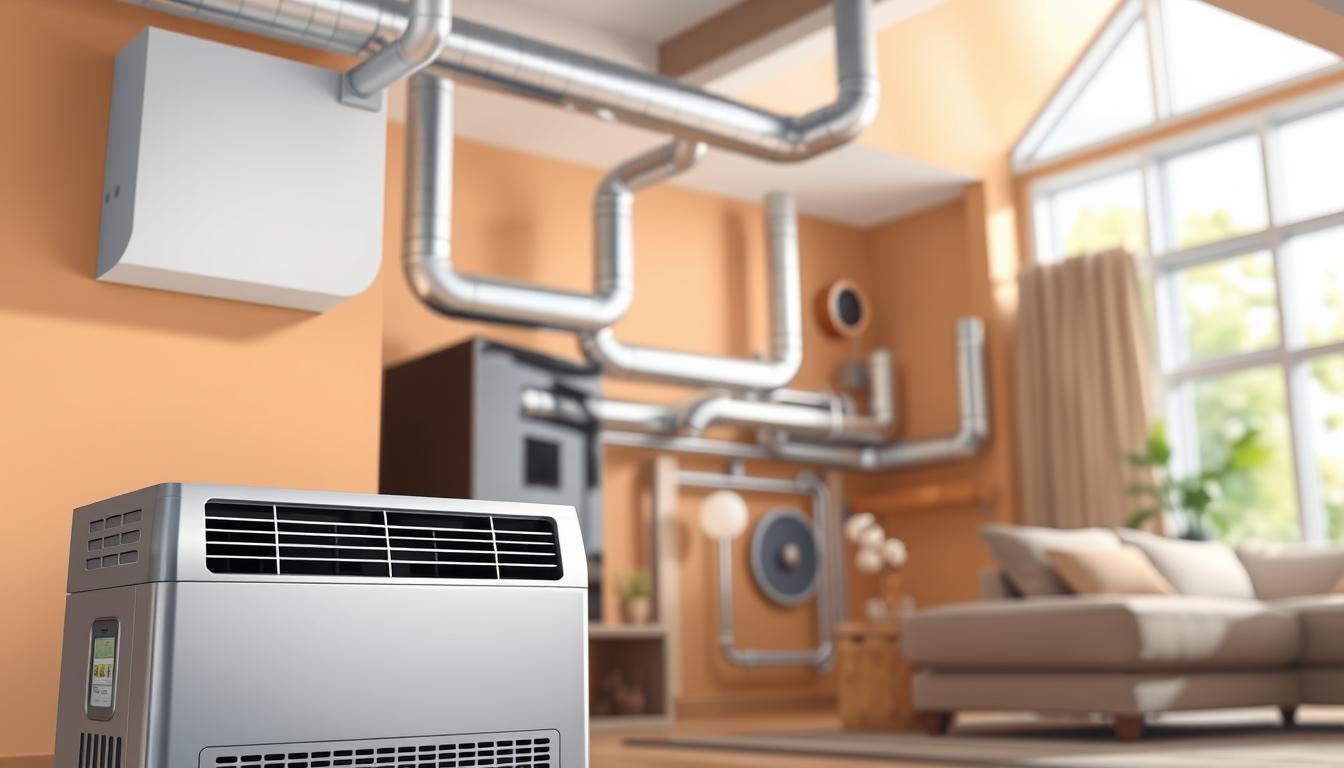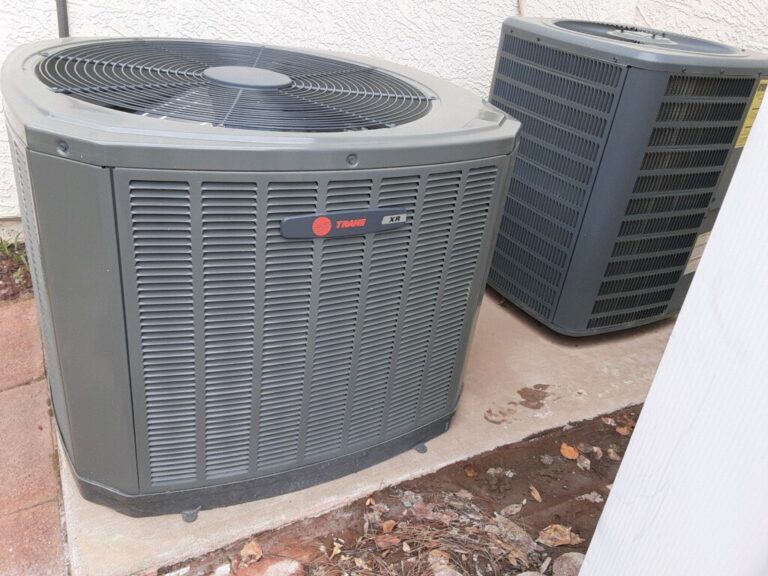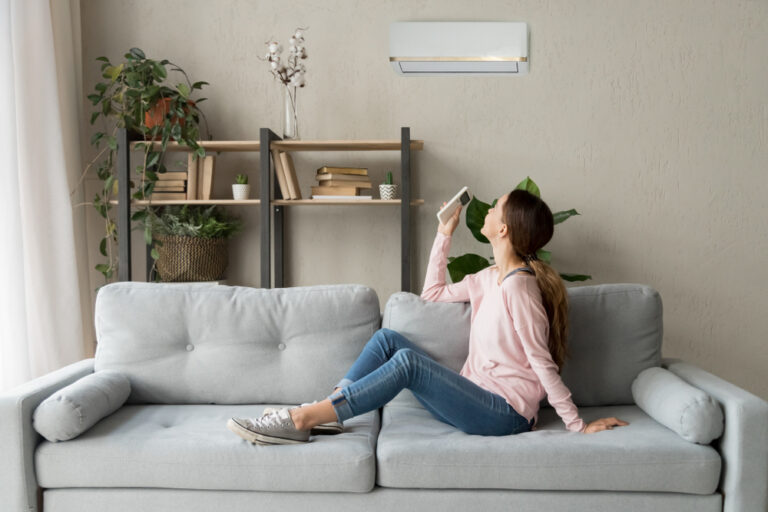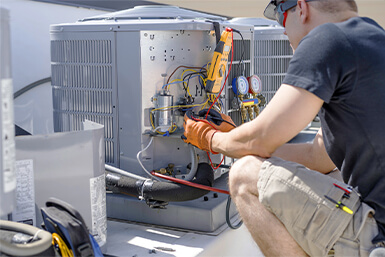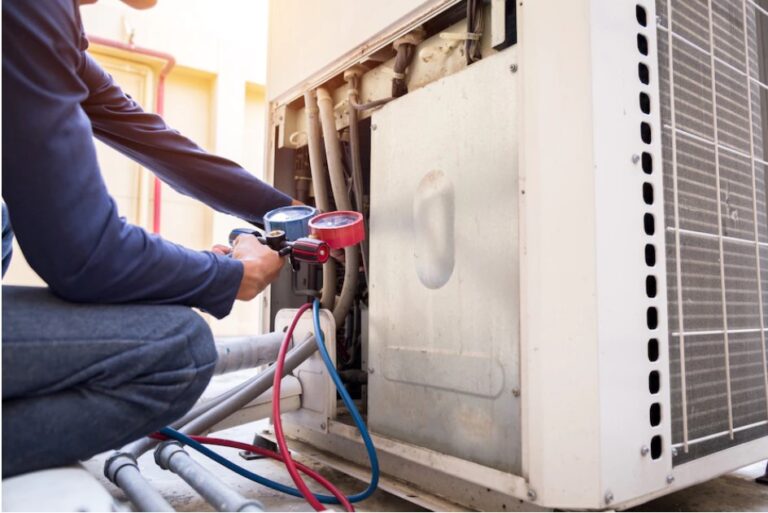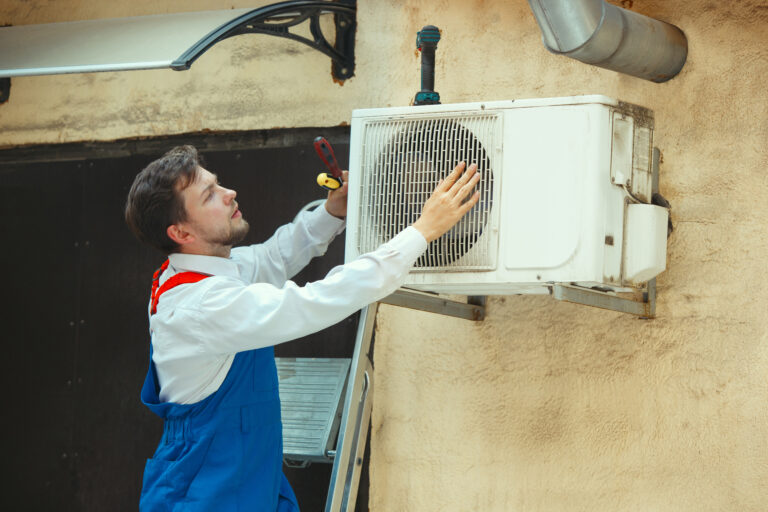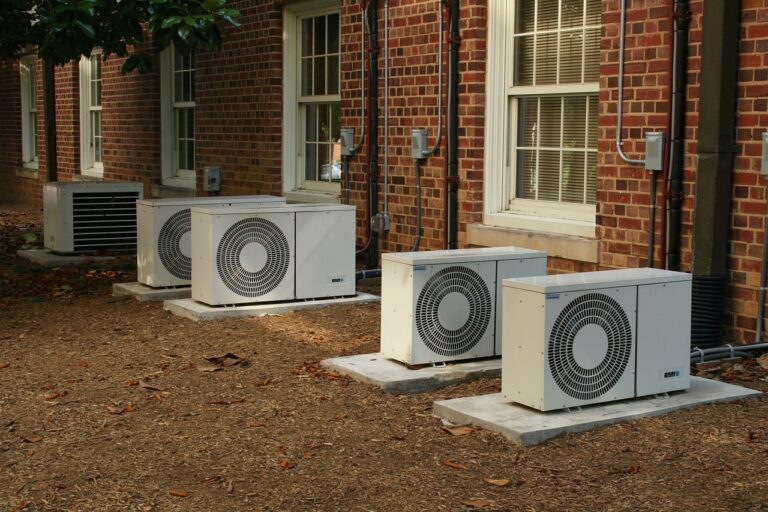AC Installation Cost Breakdown: What You’re Really Paying For
Understanding the true cost of air conditioning installation is crucial for homeowners planning to upgrade their cooling systems or install new ones.
The national average for a complete HVAC installation ranges from $5,000 to $12,500, but costs can vary significantly based on multiple factors, including the size and layout of your house, the reusability of the ductwork, and the system’s energy efficiency.
Many homeowners are surprised by “hidden” costs that weren’t included in initial estimates. A comprehensive breakdown of the cost is essential to make informed decisions and potentially save money.
Key Takeaways
- Understanding the factors that influence HVAC replacement cost is crucial.
- The national average cost for a complete HVAC installation ranges from $5,000 to $12,500.
- A comprehensive breakdown of the cost helps homeowners make informed decisions.
- Different types of air conditioning systems come with varying price points.
- The HVAC industry has seen significant changes in recent years, affecting pricing.
Understanding the Average Cost of AC Installation
When considering the installation of a new HVAC system, it’s crucial to grasp the average cost and the factors that influence it. The cost of installing a new air conditioning system can be significant, and understanding the components that contribute to this cost is essential for homeowners.
National Cost Ranges for HVAC Systems
The national average cost for a new HVAC system is around $7,500, with costs ranging from $5,000 to $12,500. This wide range is due to various factors including the type of system, its size, brand, and efficiency rating, as well as the home’s size and layout.
- The type of HVAC system chosen significantly impacts the overall cost.
- Factors such as brand and efficiency rating also play a crucial role.
- The size and layout of the home are critical in determining the average cost.
What These Costs Typically Include
Standard HVAC installations typically include several key components: the outdoor condenser unit, indoor air handler or evaporator coil, refrigerant lines, thermostat, and basic electrical connections. Many contractors also offer package pricing that includes the removal and disposal of old equipment, which can add $500-$1,000 to the total cost.
Understanding what’s included in the average cost helps homeowners compare quotes more effectively and identify potential additional expenses. It’s also important to note that geographic location can significantly impact installation costs due to regional climate requirements, local building codes, and labor rates.
AC Unit Installation Cost Breakdown by System Type
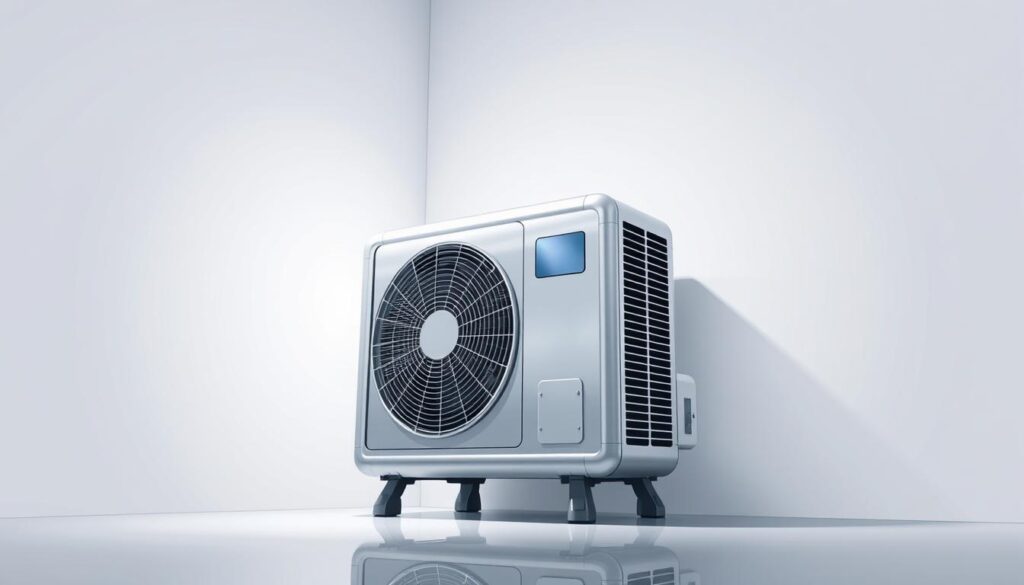
Different air conditioning systems come with different price tags, and understanding these costs is essential for making an informed decision. The type of AC system you choose significantly impacts the overall installation cost.
Central Air Conditioning Systems ($1,900-$5,500)
Central air conditioning systems remain the most popular choice for whole-home cooling in the United States, used in approximately 66% of homes. These systems are cost-effective for homes with existing ductwork, as they utilize it to distribute cooled air throughout the home. The cost for central air conditioning systems, including installation, ranges from $1,900 to $5,500.
Key benefits: cost-effective for homes with existing ducts, widely used.
Ductless Mini-Split Systems ($2,000-$14,500)
Ductless mini-split systems offer flexibility for homes without existing ductwork or for zoning specific areas. The cost varies widely, from $2,000 to $14,500, depending on the number of indoor air handlers needed. A single-zone system is significantly less expensive than a multi-zone system.
Flexibility is a key advantage, as these systems can be tailored to specific cooling needs without the expense of duct installation.
Heat Pump Systems ($4,500-$8,000)
Heat pump systems provide both heating and cooling capabilities, making them an attractive option for energy-conscious homeowners. Air-source heat pumps are the most common and affordable type, while geothermal heat pumps offer superior efficiency at a higher installation cost. The total cost for heat pump systems, including installation, ranges from $4,500 to $8,000.
Dual functionality and energy efficiency are significant advantages of heat pump systems.
Each system type has its advantages, depending on your home’s construction, climate zone, and personal comfort preferences. Understanding these differences is crucial for selecting the most appropriate and cost-effective AC system for your needs.
The Equipment Factor: AC Unit Pricing Tiers
The price of your AC installation is heavily influenced by the type and quality of the unit you choose. Air conditioning units come in various pricing tiers, each offering different features and efficiencies.
Entry-Level Units ($5,500-$8,800)
Entry-level air conditioners are a budget-friendly option, typically costing between $5,500 and $8,800. These units usually feature single-stage cooling, operating at 100% capacity whenever they’re on. While less efficient, they’re more affordable upfront.
- Ideal for homeowners on a tight budget or those planning to move within a few years.
- Less efficient but more affordable upfront.
Mid-Range Units ($6,700-$9,400)
Mid-range air conditioners offer two-stage cooling, allowing for better temperature control and improved humidity management. They typically cost between $6,700 and $9,400.
- Provide better temperature control and humidity management.
- More efficient than entry-level units, potentially saving on energy bills.
High-End Units ($8,300-$16,000)
High-end air conditioners feature variable-speed technology, offering precise temperature control and maximum efficiency. These premium HVAC systems can cost between $8,300 and $16,000.
- Include advanced features like smart controls and zone-based cooling.
- Justified by their higher price point due to enhanced performance and efficiency.
How Your Home Affects Installation Costs
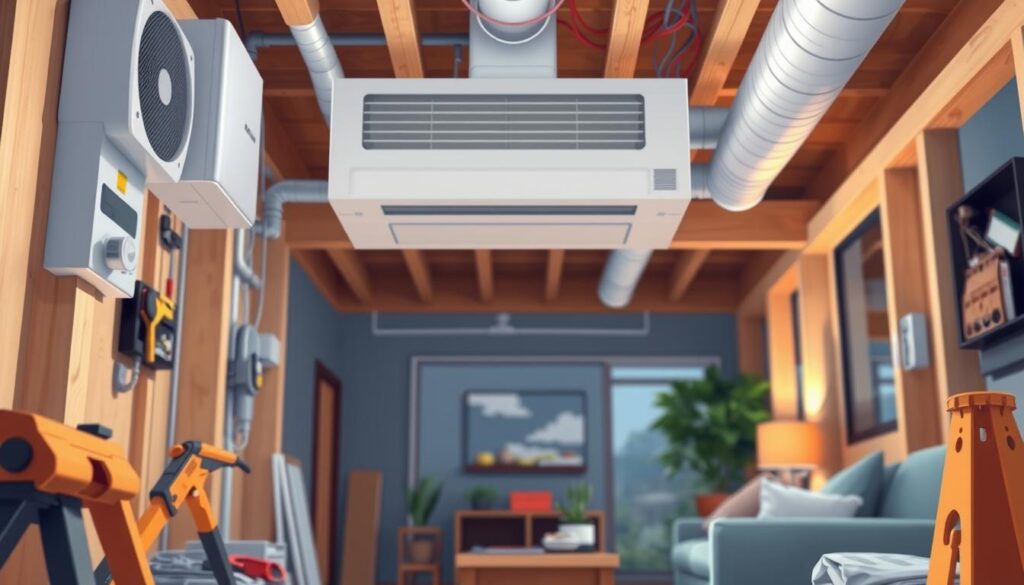
Several aspects of your home, including its size and existing infrastructure, contribute to the total installation costs of an HVAC system. The larger your home, the more complex the HVAC installation becomes.
Square Footage and Layout Considerations
Your home size directly impacts installation costs as larger homes require more powerful systems with greater cooling capacity, measured in BTUs or tons. Industry standards suggest that residential homes require approximately 20 BTUs per square foot for cooling. For instance, a 2,000 square foot house would need a 40,000 BTU (or 3-3.5 ton) system.
The layout of your house also affects installation complexity. Multi-story homes or houses with unusual configurations can increase labor costs due to the additional complexity in installing the system.
| Home Size (sq ft) | Required BTU | Tons |
|---|---|---|
| 1,000 | 20,000 | 1.5-2 |
| 2,000 | 40,000 | 3-3.5 |
| 3,000 | 60,000 | 5 |
Existing HVAC Infrastructure
Your home’s existing HVAC infrastructure significantly impacts costs. Homes with properly sized and well-maintained ductwork will have lower installation costs compared to those requiring duct modifications. For more information on the cost of installing a new central heating system, you can visit this link.
Older homes often present unique challenges such as inadequate electrical systems or limited space for modern equipment, all of which can increase installation costs.
The Ductwork Dilemma: A Major Cost Factor
The ductwork dilemma is a major consideration in AC installation costs, affecting both the initial outlay and long-term performance. Ductwork is often the most overlooked aspect of AC installation, yet it can represent a significant portion of the total project expense when new ducts are required.
Ductwork is priced by quantity and averages around $15 per linear foot. The total cost will depend on the material chosen, whether additional vents are needed, the size and layout of the home, location, and the accessibility of existing ductwork.
New Ductwork Installation Costs ($2,000-$5,000)
New ductwork installation costs typically range from $2,000 to $5,000 for a 2,000 square foot home. The material chosen for ducts significantly impacts both cost and performance. Flexible ducts are less expensive but less durable, while rigid metal ducts cost more but provide better air flow and longevity.
- The average cost of new ductwork installation is between $2,000 and $5,000.
- The material chosen affects both the cost and the performance of the ductwork.
- Homes without existing ductwork face higher installation costs when converting to central air.
Ductwork Modification and Repair Expenses
Ductwork modification and repair expenses can vary widely depending on accessibility. Ducts located in crawl spaces or accessible attics are less expensive to modify than those enclosed in finished walls or ceilings. Proper duct sizing is critical for system efficiency; undersized ducts restrict airflow, while oversized ducts can cause temperature inconsistencies.
- Ductwork modification costs vary based on accessibility.
- Proper duct sizing is crucial for maintaining system efficiency.
- Sealing and insulating ductwork can improve system efficiency by 20% or more.
Energy Efficiency and Long-Term Savings
A more efficient air conditioning system not only reduces your energy bills but also contributes to a more sustainable environment. When investing in a new AC unit, understanding its energy efficiency is crucial for making informed decisions that can lead to significant long-term savings.
Understanding SEER and SEER2 Ratings
The Seasonal Energy Efficiency Ratio (SEER) and its updated version, SEER2, are measures of an air conditioner’s cooling efficiency. A higher SEER or SEER2 rating indicates greater efficiency and lower operating costs. The SEER2 standard, implemented in 2023, provides a more accurate measurement by considering more real-world conditions and home-specific factors. For instance, in the Midwest, a new AC unit should have a SEER2 rating of at least 13.4 or higher.
Key points to consider about SEER and SEER2 ratings:
- SEER ratings measure an air conditioner’s cooling efficiency, with higher numbers indicating greater efficiency.
- The SEER2 standard offers a more accurate efficiency measurement by accounting for real-world conditions.
- Higher SEER2 ratings can potentially reduce cooling costs by 30-50% compared to older systems.
Cost vs. Savings Analysis
When choosing an AC system, it’s essential to balance the upfront cost with long-term energy savings. While higher efficiency systems (with higher SEER2 ratings) are more expensive initially, they offer significant savings on energy bills over time. A detailed cost vs. savings analysis should consider local electricity rates, the typical cooling season length, and how long you plan to stay in your home.
| SEER2 Rating | Initial Cost | Annual Savings | Payback Period |
|---|---|---|---|
| 13.4 | $5,000 | $150 | 10 years |
| 16 | $6,500 | $300 | 8 years |
| 18 | $8,000 | $450 | 7 years |
For most homeowners, the optimal SEER2 rating for maximum return on investment falls between 15-18, balancing upfront costs with long-term energy savings. Higher efficiency systems not only reduce utility bills but also provide better humidity control, quieter operation, and more consistent cooling throughout the home.
Additional Components That Impact Your Bottom Line
Beyond the basic unit, several additional elements can influence your AC installation cost. These components, while not always considered part of the initial purchase, play crucial roles in the overall performance and efficiency of your air conditioning system.
Thermostats and Control Systems
Thermostats and control systems represent a relatively small portion of your total AC installation cost, typically ranging from $120 to $260. However, they can significantly impact system performance and energy consumption. Smart thermostats, in particular, offer advanced features like learning capabilities, remote access, and usage reports that can reduce cooling costs by 10-15% through more efficient operation and scheduling.
Air Purifiers and Indoor Air Quality Add-ons
Air purifiers and indoor air quality add-ons have become increasingly popular, with costs ranging from $100 to $1,500. These systems can be integrated directly into your HVAC system, offering a range of benefits from basic filtration upgrades to sophisticated electronic air cleaners and UV light systems that eliminate allergens, bacteria, and viruses. As Micetich notes, “There are various sizes and prices available on the market, so think about what works best for your home.”
Condensate Drainage Systems
Condensate drainage systems are essential but often overlooked parts that remove the moisture your air conditioner extracts from your home’s air. The cost for these systems is around $370. Homes without suitable drainage points may require condensate pumps, adding to the installation complexity and cost.
Line Set Protection
Line set protection is crucial for system longevity as it shields the copper refrigerant lines connecting your indoor and outdoor unit from physical damage, UV degradation, and weather exposure. Products like the Airex Pro Positive Seal System not only protect the line set but also provide a more aesthetically pleasing appearance than traditional line set covers. This protection is vital for maintaining the integrity of your HVAC system and preventing costly repairs down the line.
- Thermostats and control systems can significantly impact system performance and energy consumption.
- Air purifiers and indoor air quality add-ons offer a range of benefits for improving indoor air quality.
- Condensate drainage systems are essential for removing moisture extracted by the air conditioner.
- Line set protection is crucial for shielding copper refrigerant lines from damage and degradation.
Installation Labor Costs: What You’re Really Paying For
Understanding the intricacies of installation labor costs is crucial for homeowners looking to install a new AC system. The total cost of AC installation is significantly influenced by labor costs, which can vary based on several factors including the complexity of the job, the expertise of the technicians, and the local labor rates.
Labor costs for HVAC installation typically account for 40-60% of the total expense. This significant portion reflects the specialized knowledge and skills required for proper system setup, including mechanical, electrical, and sometimes plumbing work.
Professional vs. DIY Installation Considerations
When it comes to installation, homeowners often weigh the benefits of professional service against DIY approaches. Professional installation is generally recommended for central AC systems due to the complexity of the work involved. Improper installation can reduce the system’s efficiency by up to 30% and void manufacturer warranties.
Professional technicians bring comprehensive training and certification to the job, ensuring that critical steps like pressure testing, vacuum evacuation, refrigerant charging, and system calibration are performed correctly. These steps directly impact the performance and longevity of the AC system.
Electrical Work and Other Specialized Labor
A significant portion of installation labor costs is attributed to electrical work and other specialized tasks. This can include upgrading electrical panels, installing disconnects, and running appropriate wiring for the new system. In many cases, HVAC systems require electrical adjustments to ensure optimal performance, such as updating control wiring for new thermostats or modifying high-voltage wiring and breakers.
Depending on the complexity, electrical adjustments can add between $100-$600 to the overall cost of an installation. This work often requires a state-licensed electrician, emphasizing the need for professional service to ensure the system’s overall well-being and safety.
The time investment for professional installation can range from 4-8 hours for straightforward replacements to 2-3 days for complex installations involving ductwork modifications. Quality installation pays dividends over time through proper system performance, fewer repairs, and maximum energy efficiency.
Saving Money on Your AC Installation
The key to a cost-effective air conditioning installation lies in understanding the available financial incentives and timing your purchase wisely. Homeowners can significantly reduce their expenses by taking advantage of various cost-saving options.
Tax Credits and Rebates
One of the most effective ways to save on air conditioning installation is through tax credits and rebates. ENERGY STAR-certified HVAC units, although more expensive upfront, often qualify for federal and state incentives. The ENERGY STAR program provides a detailed guide to federal incentives for efficient HVAC equipment, including a federal tax credit of up to $2,000 for heat pumps and up to $1,200 for furnaces and air conditioners. Additionally, many utility companies offer rebates ranging from $100 to $1,000 for high-efficiency systems.
- Federal tax credits can provide up to $2,000 in savings through the Inflation Reduction Act of 2022.
- Utility company rebates can range from $100 to $1,000 for high-efficiency air conditioning systems.
Seasonal Timing for Better Deals
Seasonal timing can significantly impact air conditioning installation costs. During off-peak seasons, typically fall and spring, HVAC companies often offer discounts of 10-20% due to lower demand. Contractors may also be more willing to negotiate prices during these periods to keep their installation teams busy.
By planning your air conditioning installation during these off-peak times, homeowners can take advantage of better deals and lower costs.
Getting Multiple Quotes
Obtaining multiple quotes from different HVAC companies is crucial for finding the best price. Prices can vary by 20% or more for identical equipment due to differences in overhead, labor rates, and profit margins. When comparing quotes, ensure that you’re comparing equivalent systems and installation specifications.
Homeowners should also consider financing options and package deals that can make premium systems more affordable. Some manufacturers offer special financing options with low or zero interest rates, and bundling multiple HVAC components can result in package discounts of 10-15%.
Financing Your New AC System
The cost of a new HVAC system can be daunting, but various financing solutions are available to help homeowners manage the expense. Replacing your HVAC system is a significant investment in your home‘s comfort and value.
Most HVAC companies offer financing options that allow you to spread the cost of your new system over several years, often with promotional periods of low or zero interest. This can make it more manageable to upgrade to a more energy-efficient model, potentially saving you money on your utility bills over time.
Homeowners can also consider home equity loans or lines of credit (HELOCs), which offer lower interest rates compared to credit cards and potential tax benefits on interest payments. Alternatively, personal loans provide a straightforward financing option with fixed interest rates and repayment terms ranging from 12 to 60 months.
Some utility companies partner with HVAC contractors to offer on-bill financing, allowing you to pay for your new system through your monthly utility bill over 3-5 years. The Inflation Reduction Act has also expanded financing options for energy-efficient home improvements.
When evaluating financing options, it’s essential to consider not just the monthly payment but also the total cost over the life of the loan, including interest and any fees. A quality HVAC system can last 15-20 years, making financing a reasonable approach since you’ll be enjoying the benefits for many years while paying off the investment.
